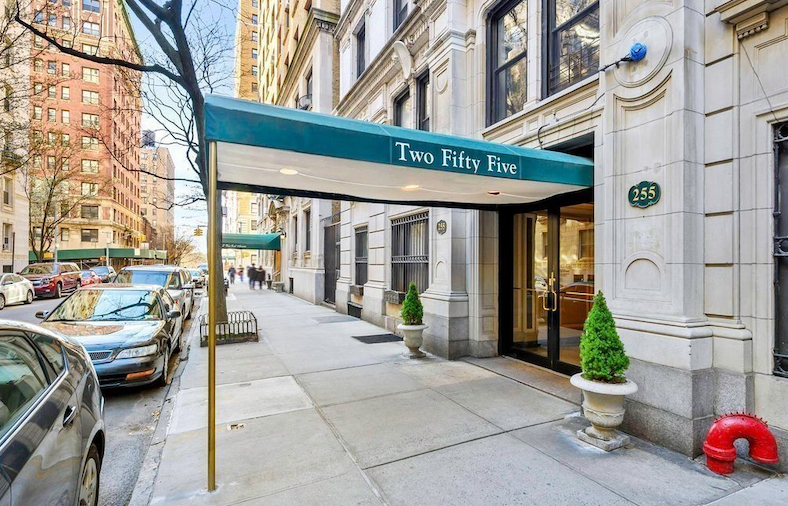
Question: I’m a widowed 75-year-old retiree who would like to rent in Manhattan. I have $1,250,000 in stocks, mutual funds, etc., and an additional $120,000 available in cash. But my annual income stream from Social Security, pensions, etc., is only $35,000 per year. My first question is, given this scenario, what is the most rent a landlord would allow me to pay? I would like to get a really nice place, and am thinking with this scenario I could easily afford $5,000 per month. If necessary I could pay a whole year in advance. My second question is, how do I approach a landlord given my financial circumstances?
— Still in Rochester, For Now
Dear Still:
You are definitely on the right track. New York City is a great place to retire to and grow old. Great hospitals. Great restaurants. Great culture. No need to drive. No yard to maintain. And even the worst winter weather looks like spring compared to where you are.
[Read more on why NYC is a great place to retire and how much it costs.]
Answering your second question first, I doubt any landlord would have a problem with someone in your position — excellent credit, plenty of assets and steady income. All you’ll need to do is prepare a well-documented financial statement and show it to the rental agent or the landlord. Give them the name of your financial adviser or broker. They’ll check you out, and I can’t imagine that you’ll have any problems.
But it’s the first question I’m going to disagree with you about. You have $1.4 million in liquid assets and an annual income of $35,000. Conservative investing of your nest egg could easily produce $60,000-$70,000 of income, which gives you around $100,000 a year.
You’re proposing spending two thirds of your annual income on housing. That’s exactly backward. You should never commit more than one third of your income to housing. Indeed, most financial planners draw the line at around 28 percent.
In your case, you’d be boxing yourself in by committing all of your assets to rental payments while you get by on the rest. Better to do it the other way, and give yourself more spending money, an emergency fund, and more money to save. If you live for another 25 years, your nest egg will need to grow. You would need $2.4 million today to have the purchasing power of $1.4 million 25 years ago.
Here’s a current list of studios and one-bedroom apartments in well-staffed rental buildings in some of the tonier parts of Manhattan, all for under $3,000 a month. I’m sure you can find “a really nice place” that suits you and your income.
David Crook is a veteran journalist and author of The Complete Wall Street Journal Real-Estate Investing and Homeowner’s Guidebooks. Do you have a question about anything real estate-related in NYC? Write him at askus@streeteasy.com. For verification purposes, please include your name and a phone number; neither will be published. Note: Nothing in this column should be considered professional legal advice. If you have a legal issue, consult an attorney.
—
Hey, why not like StreetEasy on Facebook and follow @streeteasy on Instagram?








